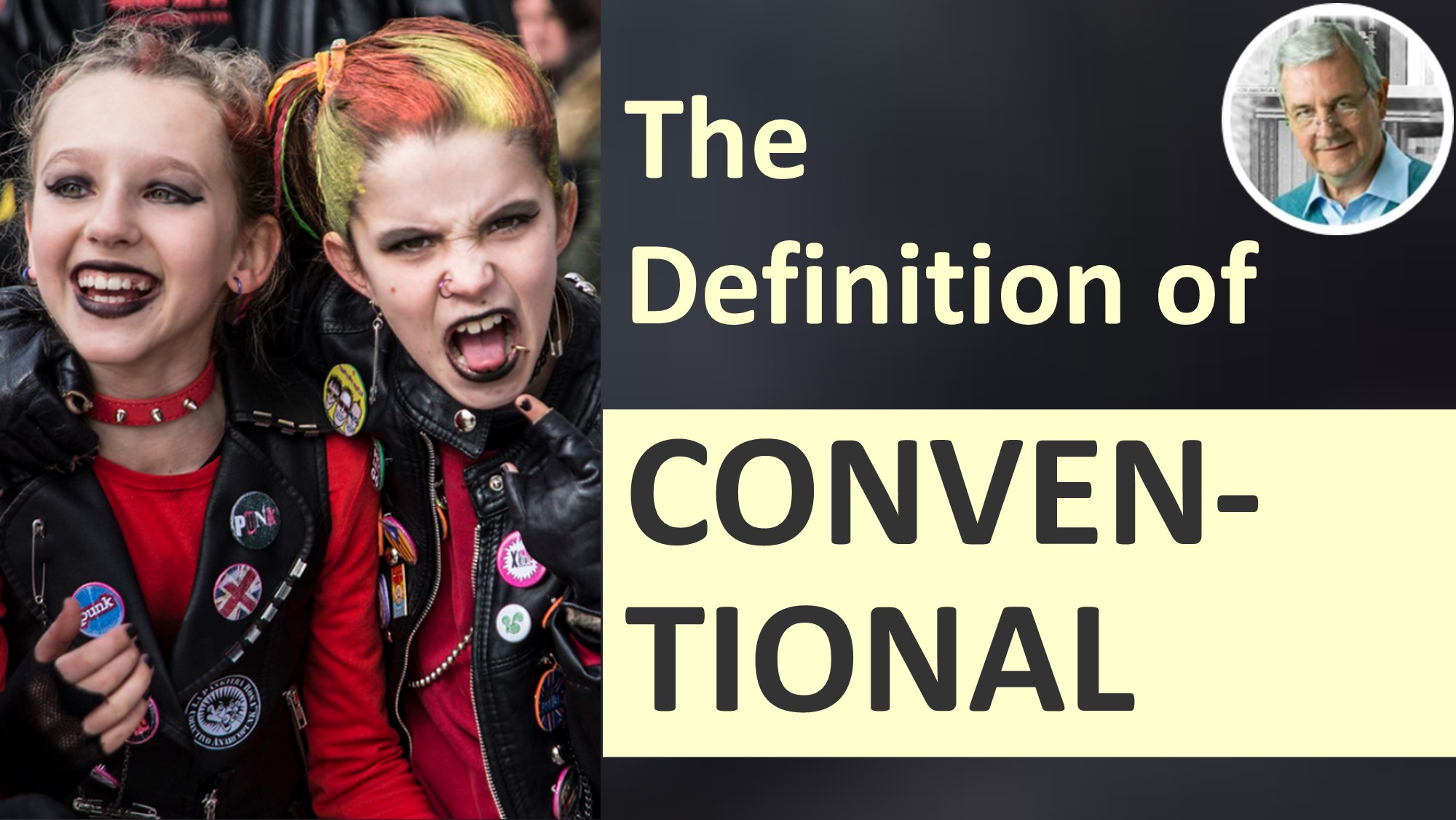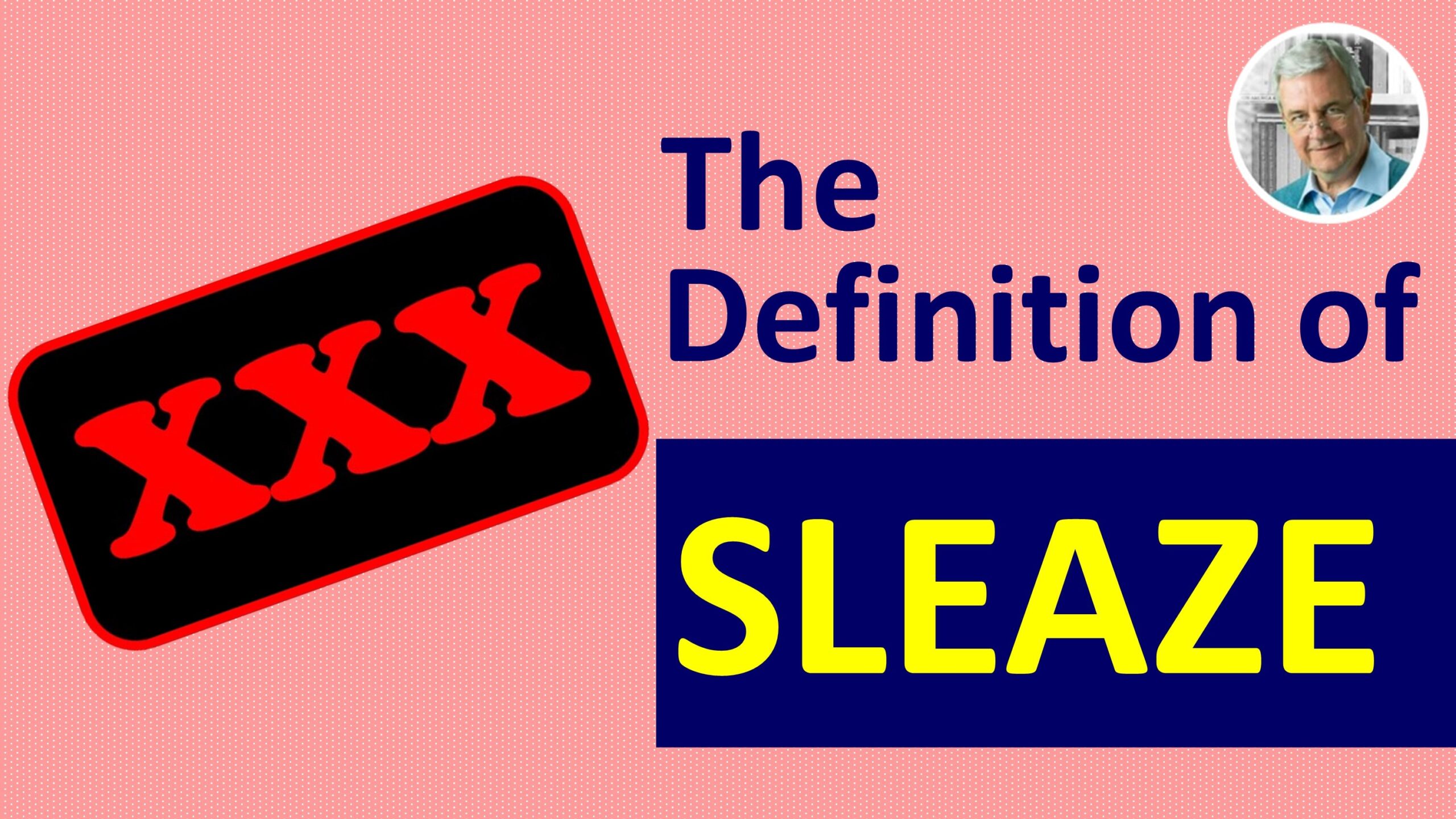The Origin & Definition of USER-FRIENDLY
The Origin & Definition of USER-FRIENDLY
This video gives the definition of USER-FRIENDLY and then shows, through illustrated sentence examples, how USER-FRIENDLY is used in various contexts. The origin of USER-FRIENDLY is also explained.
Slide 2:
The definition of USER-FRIENDLY is:
easy to use, learn, or understand
It’s helpful to know the origin of USER-FRIENDLY . . .
The clipart shows an on/off switch, something very easy to understand.
Slide 3:
Continually IMPROVE YOUR ENGLISH
Click the subscribe button
the Bell icon
All
Let’s now consider examples of USER-FRIENDLY . . .
Slide 4:
The term USER-FRIENDLY came into the English language around 1977 in relation to computers and meant “catering for the non-specialist”.
Slide 5:
In the late 1970s and early 1980s, computers were beginning to become a part of everyday life for increasing numbers of people.
So a computer or computer software that was sensitive to the needs and wishes of a customer was described as USER-FRIENDLY.
The opposite is USER-HOSTILE!
The clipart shows a man who has just destroyed his computer out of frustration because he didn’t find it easy to understand or use.
Slide 6:
The term USER-FRIENDLY became very popular and began to be used in all contexts, to refer to anything that was easy to use, learn or understand.
Here are some examples:
Slide 7:
In the picture we see an early computer from the 1970s.
Sentence example: The Altair 8800 (1974) was the first commercially successful personal computer. However, it was not very user-friendly!
Slide 8:
The picture shows a young woman traveller arriving at her accommodation.
Sentence example: A contributing factor to airbnb’s huge success is its user-friendly web site and mobile app.
Slide 9:
In the picture we see a barista making coffee.
Sentence example: His user friendly t-shirt was a very appropriate thing to wear for this Barista Competition.
Note: Although you may see ‘user friendly’ without a hyphen, it is more commonly spelled with a hyphen: user-friendly.
Slide 10:
The picture shows an advert for a surfboard.
Sentence example: The Pyzel Phantom is described as an incredibly user-friendly, high performance surfboard.
Slide 11:
So remember, when you want to describe something that is:
easy to use
easy to learn
easy to understand
you can call it USER-FRIENDLY!
Slide 12:
Has this video helped you?
LIKE | SHARE | COMMENT NOW!
Slide 13:
Build A Powerful English Vocabulary
with my FREE course on UDEMY
Go to: http://goodenglish.online
If you are interested in the origin and definition of USER-FRIENDLY, be sure to check another expression which was added to the English language in recent years:
The Meaning of KNOCK-ON EFFECT
Image Credits
Slide 2 – on off
Royalty Free
https://www.nicepng.com/maxp/u2w7i1e6a9y3r5o0/
Slide 6 – Altair 8800
Public Domain
https://commons.wikimedia.org/wiki/File:Altair_8800_Computer.jpg
Slide 7 – airbnb
Creative Commons
https://flic.kr/p/22zzJ2b
Slide 8 – barista
Creative Commons
https://flic.kr/p/5J3fuM
Slide 9 – surfboard
Fair Use
https://www.t3.com/reviews/pyzel-phantom-daily-driver-shortboard
Regarding the use of illustrations and photographs used in this video:
Creative Commons Attribution Licence
Others are allowed to copy, distribute, display, and perform copyrighted work – and derivative works based upon it if they give credit to the creator or source.
https://creativecommons.org/licenses/by/4.0/legalcode
Public Domain
Public domain works are not restricted by copyright and do not require a license or fee to use. Public domain status allows the user unrestricted access and unlimited creativity. These are typically very old works.
Royalty Free
The image may be used for almost any business, personal, educational or charitable purpose as long as a credit is published to the creator of the image.





